Systems neuroscience
Recent articles
What makes memories last—dynamic ensembles or static synapses?
Teasing out how different subfields conceptualize central terms might help move this long-standing debate forward. I asked eight scientists to weigh in.
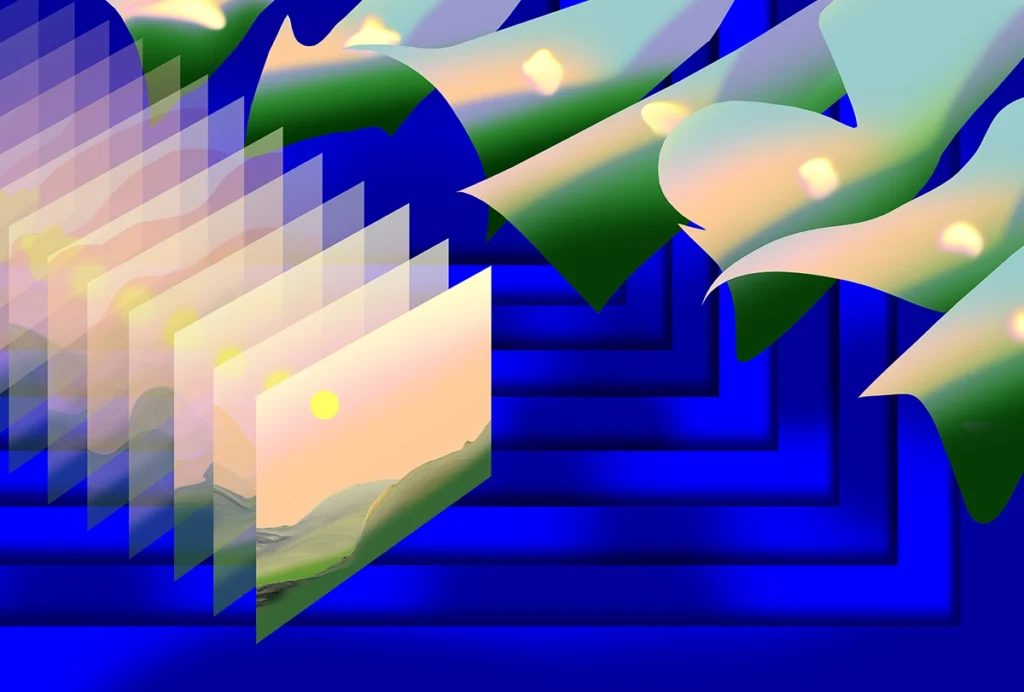
What makes memories last—dynamic ensembles or static synapses?
Teasing out how different subfields conceptualize central terms might help move this long-standing debate forward. I asked eight scientists to weigh in.
Should I stay (and eat) or should I go? How the brain balances hunger with competing drives
Understanding the interplay among rival signals, such as pain, thirst and fear, could provide insights into anxiety and other neuropsychiatric conditions.
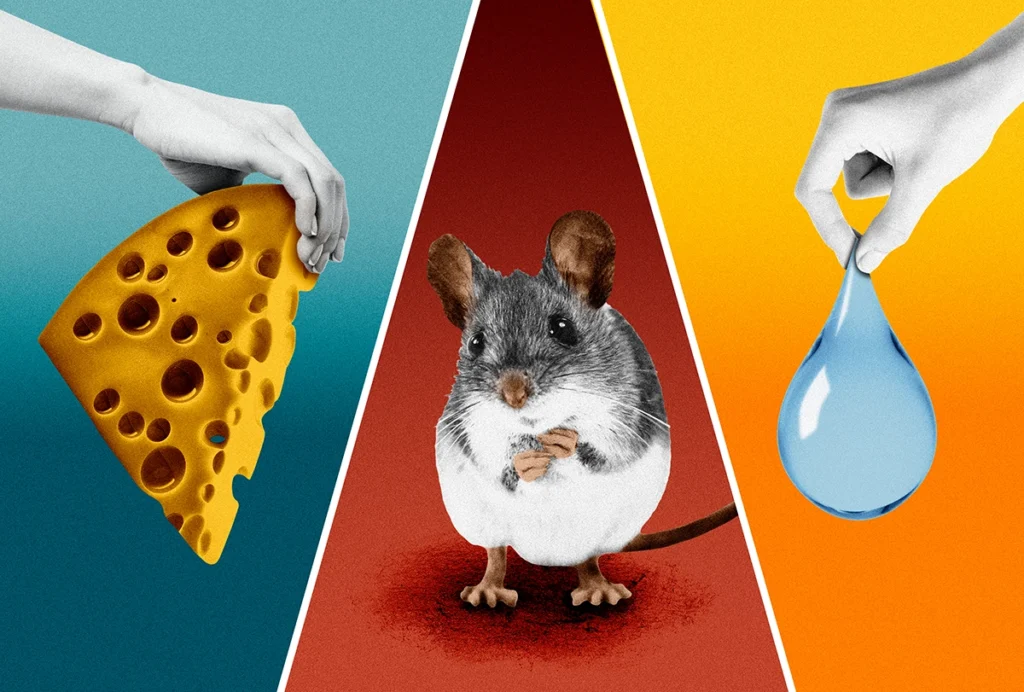
Should I stay (and eat) or should I go? How the brain balances hunger with competing drives
Understanding the interplay among rival signals, such as pain, thirst and fear, could provide insights into anxiety and other neuropsychiatric conditions.
Cristina Savin and Tim Vogels discuss how AI has shaped their neuroscience research
Not all neuroscientists use artificial intelligence in the same way or for the same purpose. Neuroscience researchers from different fields discuss the impact AI has had on their research and how it influences productivity in their labs.
Cristina Savin and Tim Vogels discuss how AI has shaped their neuroscience research
Not all neuroscientists use artificial intelligence in the same way or for the same purpose. Neuroscience researchers from different fields discuss the impact AI has had on their research and how it influences productivity in their labs.
Double-duty neurons in primary olfactory cortex pick up on more than just scent
The cells recognize not only odors, such as bananas and black licorice—but also images and words associated with those smells, according to single-neuron recordings from 17 people.
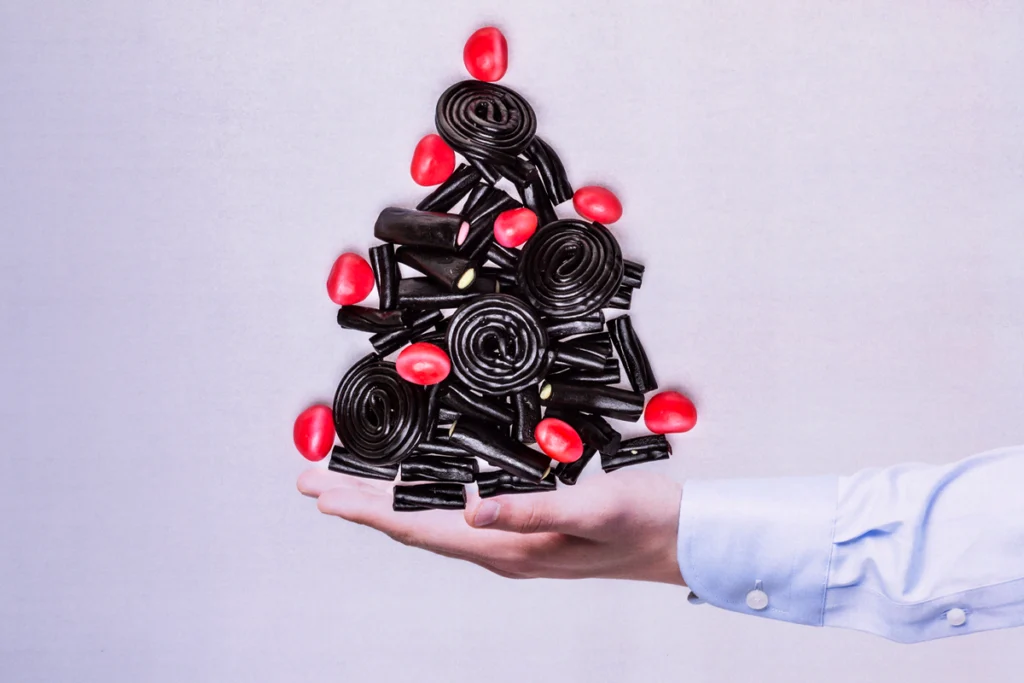
Double-duty neurons in primary olfactory cortex pick up on more than just scent
The cells recognize not only odors, such as bananas and black licorice—but also images and words associated with those smells, according to single-neuron recordings from 17 people.
Kenneth Harris and Andreas Tolias explain how AI has informed their neuroscience research
Modern AI models have shaped how the pair thinks about our brains and minds, asks research questions and views scientific progress and productivity.
Kenneth Harris and Andreas Tolias explain how AI has informed their neuroscience research
Modern AI models have shaped how the pair thinks about our brains and minds, asks research questions and views scientific progress and productivity.
What are mechanisms? Unpacking the term is key to progress in neuroscience
Mechanism is a common and powerful concept, invoked in grant calls and publication guidelines. But scientists use it in different ways, making it difficult to clarify standards in the field. We asked nine scientists to weigh in.

What are mechanisms? Unpacking the term is key to progress in neuroscience
Mechanism is a common and powerful concept, invoked in grant calls and publication guidelines. But scientists use it in different ways, making it difficult to clarify standards in the field. We asked nine scientists to weigh in.
Neural manifolds: Latest buzzword or pathway to understand the brain?
When you cut away the misconceptions, neural manifolds present a conceptually appropriate level at which systems neuroscientists can study the brain.

Neural manifolds: Latest buzzword or pathway to understand the brain?
When you cut away the misconceptions, neural manifolds present a conceptually appropriate level at which systems neuroscientists can study the brain.
Reconstructing dopamine’s link to reward
The field is grappling with whether to modify the long-standing theory of reward prediction error—or abandon it entirely.
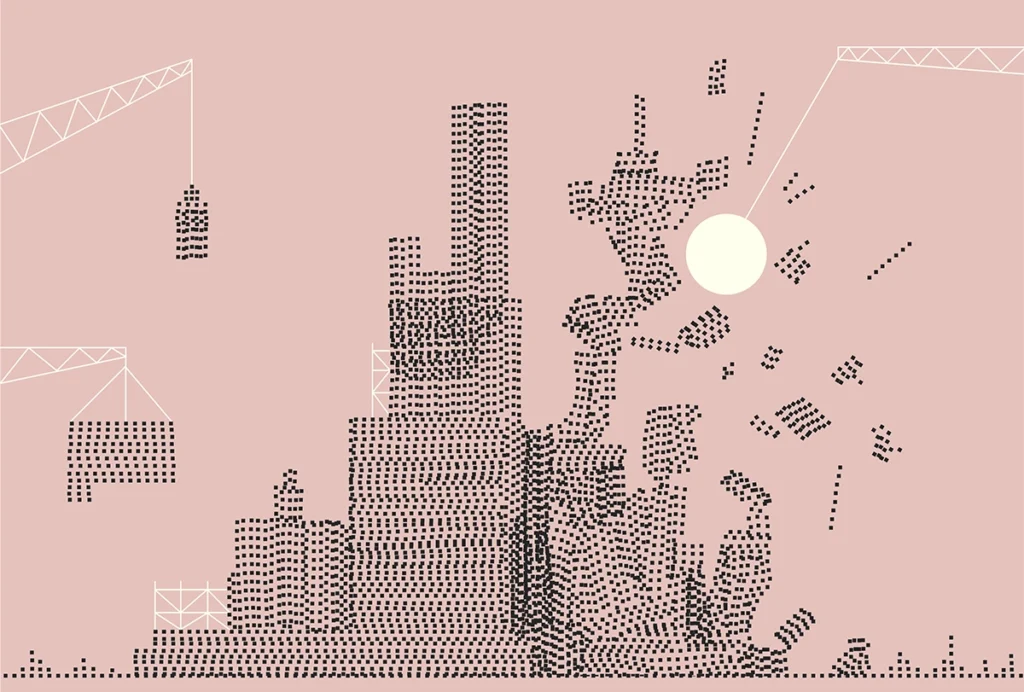
Reconstructing dopamine’s link to reward
The field is grappling with whether to modify the long-standing theory of reward prediction error—or abandon it entirely.
Computational and systems neuroscience needs development
Embracing recent advances in developmental biology can drive a new wave of innovation.
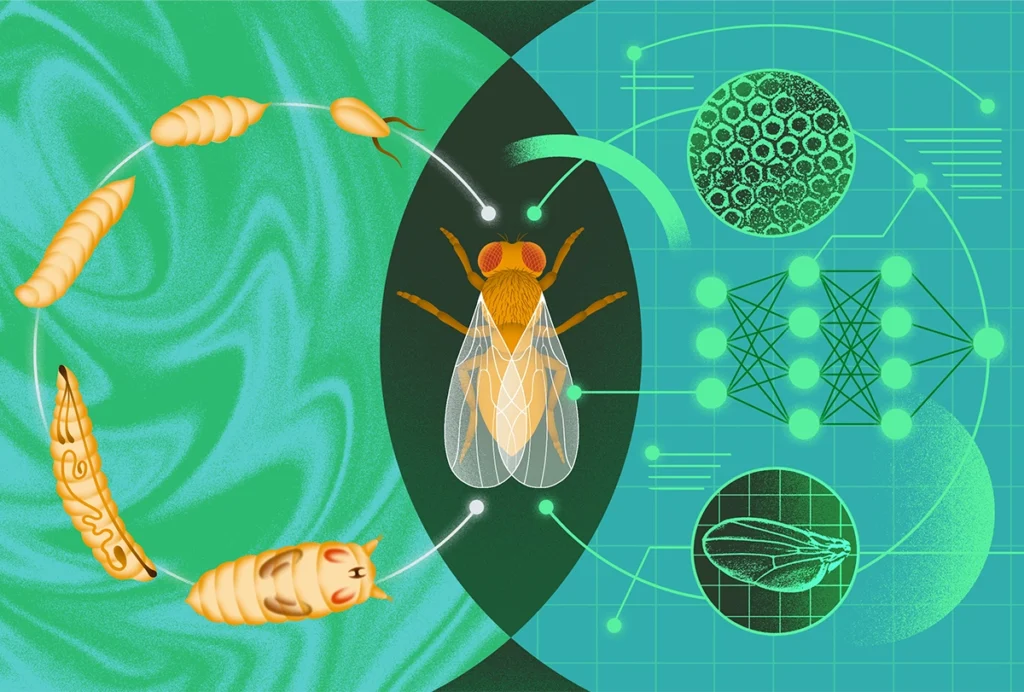
Computational and systems neuroscience needs development
Embracing recent advances in developmental biology can drive a new wave of innovation.
Can an emerging field called ‘neural systems understanding’ explain the brain?
This mashup of neuroscience, artificial intelligence and even linguistics and philosophy of mind aims to crack the deep question of what "understanding" is, however un-brain-like its models may be.
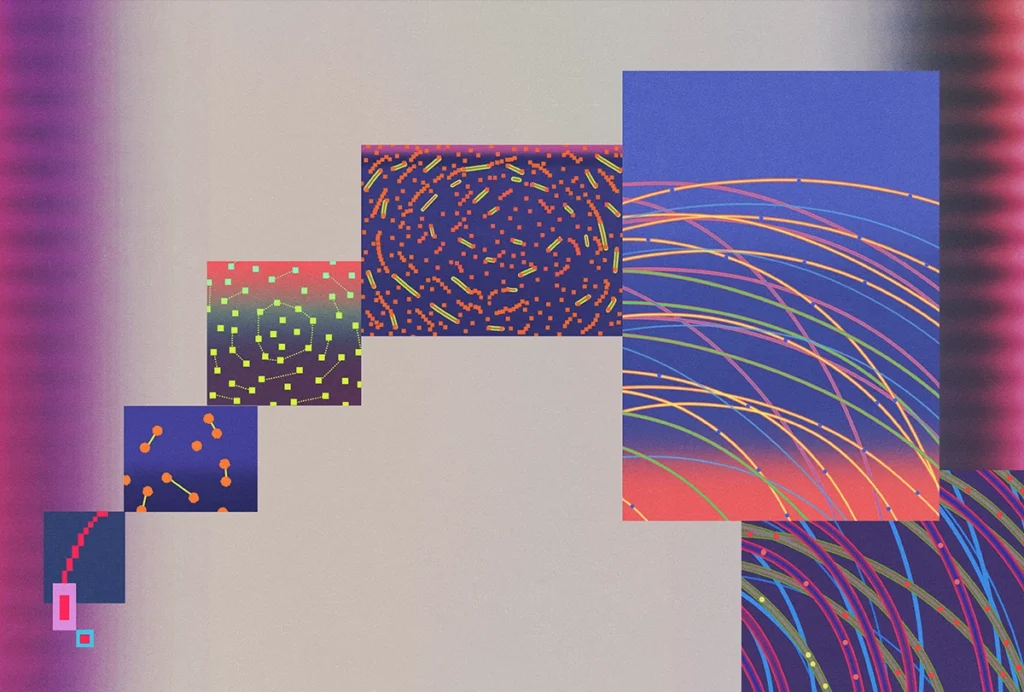
Can an emerging field called ‘neural systems understanding’ explain the brain?
This mashup of neuroscience, artificial intelligence and even linguistics and philosophy of mind aims to crack the deep question of what "understanding" is, however un-brain-like its models may be.
Explore more from The Transmitter
Early trajectory of Alzheimer’s tracked in single-cell brain atlases
Inflammation in glia and the loss of certain inhibitory cells may kick off a disease cascade decades before diagnosis.

Early trajectory of Alzheimer’s tracked in single-cell brain atlases
Inflammation in glia and the loss of certain inhibitory cells may kick off a disease cascade decades before diagnosis.
Okur-Chung neurodevelopmental syndrome; excess CSF; autistic girls
Here is a roundup of autism-related news and research spotted around the web for the week of 21 October.

Okur-Chung neurodevelopmental syndrome; excess CSF; autistic girls
Here is a roundup of autism-related news and research spotted around the web for the week of 21 October.
Brains, biases and amyloid beta: Why the female brain deserves a closer look in Alzheimer’s research
New results suggest the disease progresses differently in women, but we need more basic science to unpack the mechanisms involved.

Brains, biases and amyloid beta: Why the female brain deserves a closer look in Alzheimer’s research
New results suggest the disease progresses differently in women, but we need more basic science to unpack the mechanisms involved.